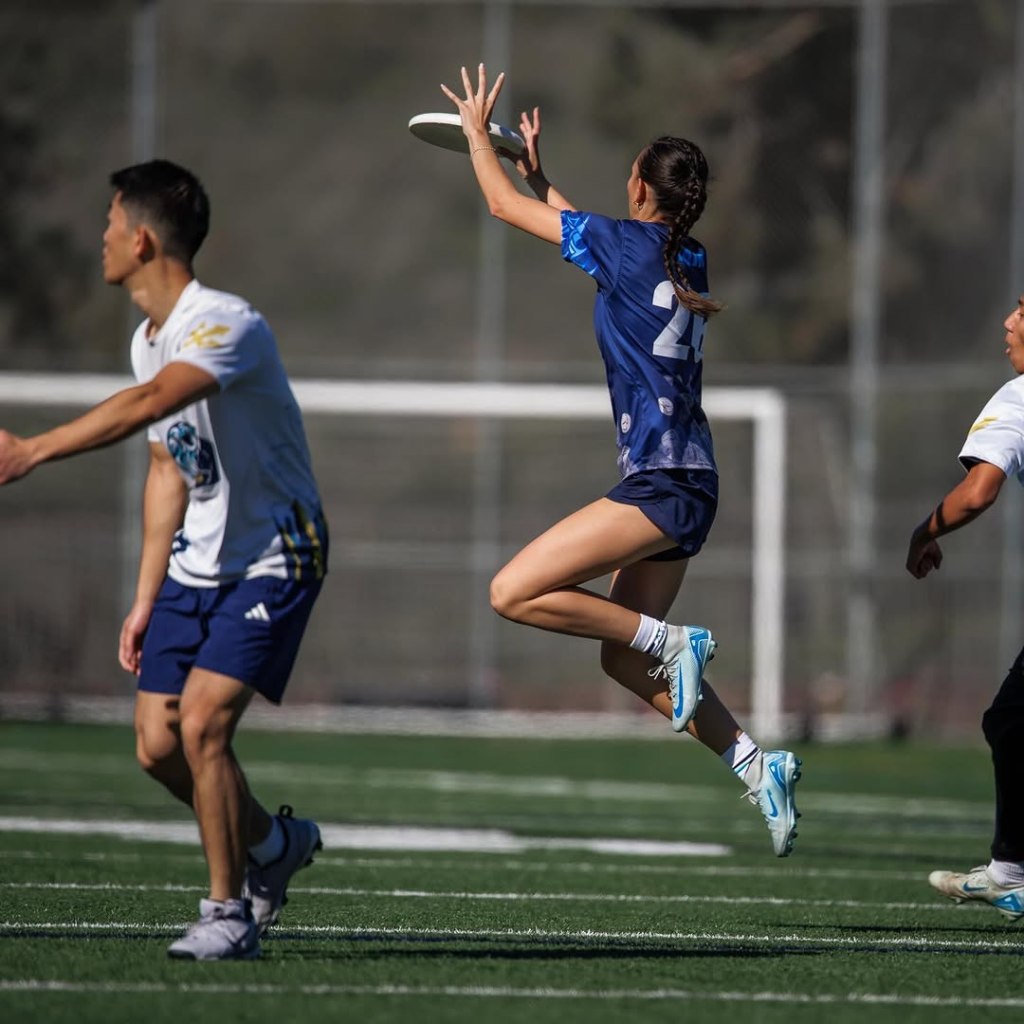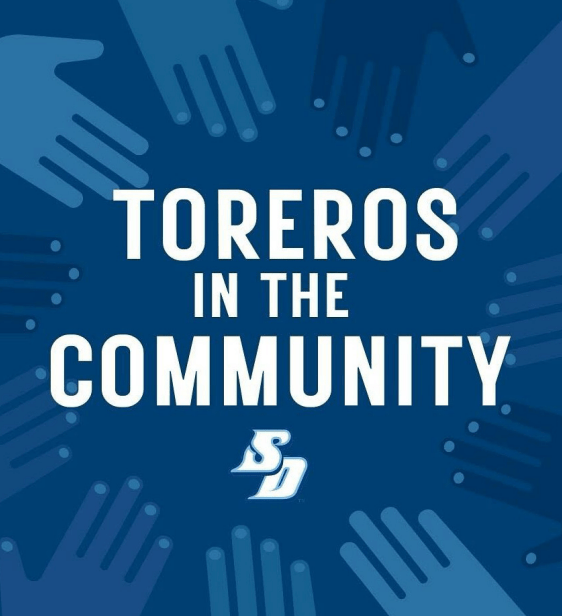Lukas Blankenstein /Asst. Sports Editor
Most assumed that Oct. 10 would be a celebration of the return of hockey. Instead, the focus was on the NHL’s decision to ban Pride Tape. Pride Tape is a rainbow-colored tape sold by the company “Pride Tape,” meant to show solidarity and support for the LGBTQ+ community, in this case by decorating athletic equipment and gear. Players put tape on their sticks in order to protect the stick from wear and tear, as well as to provide a better grip on the stick shaft. Pride tape was another form of this tape that is used by every player in the NHL.
The decision comes in the wake of NHL commissioner Gary Bettman’s decision in late June to ban specialty-themed nights. Bettman issued the following statement:
“It would be appropriate for clubs not to change their jerseys in warmups, because it’s become a distraction.”
This decision meant that teams could no longer have specialty warmup jerseys for specialty nights such as Black History Night, Hockey Fights Cancer Night, Military Appreciation Night or Pride Night.
The decision to ban specialty warmup jerseys came as the result of seven players choosing to skip out on their team’s Pride Night pre-game skate, which included wearing specialty jerseys and pride tape. Some players’ reasoning was religious, such as defenseman and Russian Orthodox Ivan Provorov.
“My choice is to stay true to myself and my religion,” Provorov stated.
Russian defenseman Ilya Lybushkin gave different reasoning for sitting out of Pride Night. According to the Associated Press, Lyubushkin, at the time a member of the Buffalo Sabres, cited anti-gay Russian laws and a fear of retaliation from Russian president Vladimir Putin. The Sabres acknowledged his decision.
“We are aware of general threats to certain players and understand their decision to forgo risk,” the Sabres stated in a post on X about Lyubushkin’s decision to forgo pride night. NHL Deputy commissioner Bill Daly disputed the idea that Russian players were in danger if they chose to celebrate pride night.
“We have no information that would suggest there is any material threat that would exist (in Russia or otherwise) related to a Russian player participating in a club’s Pride activities,” Daly stated in an interview with Scott Powers of the Athletic.
The issue of pride tape resurfaced in October as the result of a memo sent to all 32 teams in order to clarify the rules around the NHL’s decision to ban specialty warmup jerseys.
“Players shall not be put in the position of having to demonstrate (or where they may be appearing to demonstrate) personal support for any Special Initiatives,” the memo stated. “A factor that may be considered in this regard includes, for example, whether a Player (or Players) is required to be in close proximity to any groups or individuals visibly or otherwise clearly associated with such Special Initiative(s).”
Outsport, an LGBTQ+ sports blog site, later confirmed that this wording banned the use of pride tape in the NHL.
“Outsports has learned that the NHL has issued a league-wide ban of Pride Tape on the ice with the players during warm-ups, games and even practices,” Cyd Zeigler stated in an article for Outsport. Zeigler continued, “a league spokesperson has confirmed this policy with Outsport.”
The ban brought with it a whole host of reactions from players, reporters and fans. Edmonton Oilers center Connor McDavid, last season’s most valuable player and top point scorer, was one player who gave his opinion to reporters in Edmonton.
“It’s not my call, but obviously it’s disappointing,” McDavid stated. “I certainly can’t speak for every organization, I know in Edmonton, we were one of the first teams to use the Pride Tape. We strongly feel hockey is for everybody, and that includes the Pride Nights.”
“Hockey is for everyone” has been one of the NHL’s marketing slogans since 2017. The saying was meant to promote inclusivity and diversity in hockey, including sexual orientation. However, for many LGBTQ+ fans, the NHL’s decision to ban pride tape brought questions about whether hockey truly is for everyone. Lindsay Imber, the stadium organist for the Anaheim Ducks and a trans woman, asked in a post on X (Formerly twitter), “Did I just get banned from the NHL for being trans?”
Tristan Deetz, the president of the USD hockey club, also gave his opinion on the pride tape ban.
“I think it’s very unnecessary to ban pride tape from the NHL. There are other tape patterns that players are allowed to use [flame print, Batman logo print, a range of different solid colors, etc.], so I’m not sure why rainbow [pride] tape is different from the rest,” Deetz said. “It’s a strange tactic, and I’m not sure what the intentions behind that decision were.”
Jeff McLean, the co-founder of Pride Tape, described his opinion as “optimistic” in an interview with Ian Mendes of The Athletic, a popular sports reporting website. “Several NHL teams have contacted McLean directly to see how they can respond to the league’s decision to prohibit players from using Pride-themed tape this season,” Mendes wrote.
Many teams and players were also against the tape banning, including Arizona Coyotes defenseman Travis Dermott. On Oct. 21, Travis Dermott became the first player since the ban to wear pride tape on his stick. The 26-year-old has never scored more than 17 points in a season, and he is making only $800,000 this year — $50,000 more than the veterans minimum. He is coming off a season where he only played in 11 games due to lingering concussions. Dermott is also on a two-way contract, meaning if he is sent down to the minor leagues, he will take a massive pay cut.
Despite that, Dermott acknowledged the risk to his career to stand up for what he believed in. In an interview with Chris Johnston of The Athletic, Dermott gave his reasoning for why he ignored the NHL’s ban.
“It’s easy to forget that it’s a battle, if it’s not in front of you,” Dermott said. “If you don’t see it every day… it’s easy to forget that there’s a group of people that don’t feel like they belong because the majority of people do feel like they belong.”
Dermott’s decision to defy the ban led to the NHL reviewing Dermott’s actions and its own policy. On Oct. 24, the NHL made a decision to reverse its ban on pride tape. The NHLPR released a statement on the matter:
“After consultation with the NHL Players’ Association and the NHL Player Inclusion Coalition, Players will now have the option to voluntarily represent social causes with their stick tape throughout the season.”
After two weeks, the NHL’s pride tape saga has come to an abrupt end. This may not be the last debate over the role of pride tape and other such methods of showing solidarity for oppressed groups. But for now, the NHL has ruled that pride tape is once again allowed.
One player was seen wearing pride tape on Oct. 21.
Photo courtesy of X/@PrideTape





Leave a comment